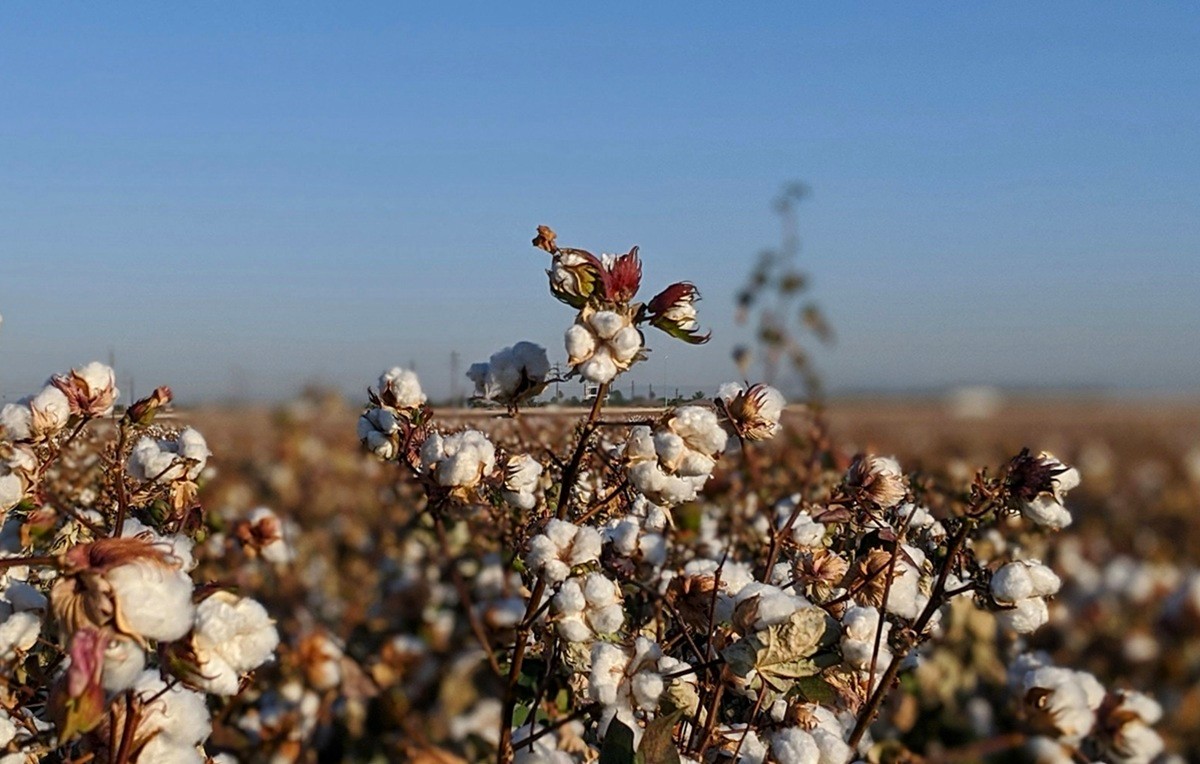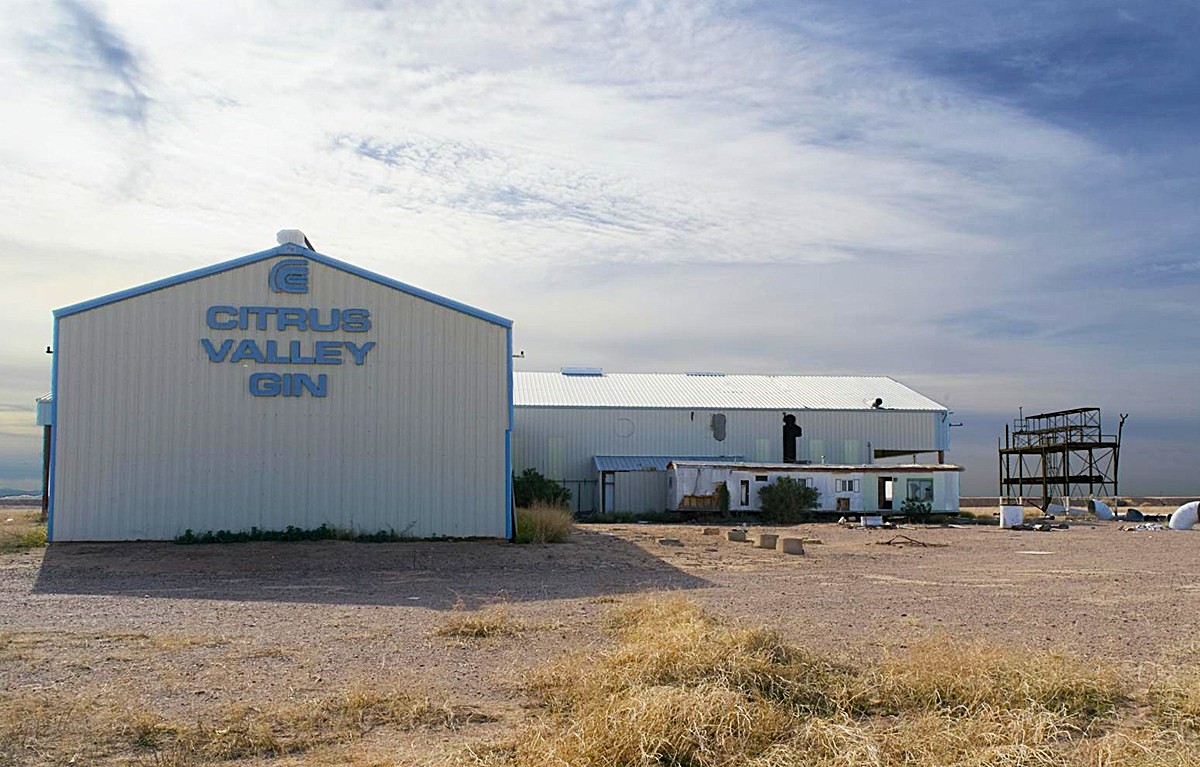What Are The Five Cs The State Of Arizona Is Most Known For?
The 5 Cs Of AZ
Arizona, a state rich in natural beauty and cultural heritage, is famously known for its "5 Cs" which have historically driven its economy. The Five Cs stand for Copper, Cattle, Cotton, Citrus, and Climate, each playing a vital role in shaping Arizona's identity. These elements were once the backbone of the state's economy, deeply influencing both local livelihoods and the broader growth of the region.
Copper mining has long been a pivotal industry, contributing significantly to Arizona's economy and earning it one of its 5 Cs. The state's favorable Climate makes it an ideal location for outdoor activities and agricultural endeavors, including the cultivation of Cotton and Citrus. Meanwhile, Cattle ranching highlights Arizona's agricultural prowess and adds to its unique western character.
Visitors and residents alike are often intrigued by how these five elements continue to play a part in Arizona's story today. The relevance of the 5 Cs may have shifted over time, but their impact and the legacy they leave in Arizona's daily life remain undeniable.
Historical Context of the 5 Cs
The 5 Cs of Arizona - Copper, Cattle, Cotton, Citrus, and Climate - played a crucial role in shaping the state's development. Each C contributed uniquely to the early economy, paving the way for Arizona's growth.
Formation of the 5 Cs
The formation of the 5 Cs was rooted in Arizona's geography and natural resources. Copper mining thrived due to the state's rich mineral deposits. Ranching became a significant activity, utilizing Arizona's vast and varied landscapes for cattle.
Meanwhile, Cotton cultivation benefited from the arid climate and the Salt River Valley's irrigation projects. Citrus farming took advantage of the warm climate, while climate itself became a selling point for tourism and settlement.
These industries collectively laid down a solid foundation for Arizona's economic identity in the late 19th and early 20th centuries.
Economic Impact on Arizona
The 5 Cs were instrumental in driving Arizona's economy in the early 20th century. Copper mining brought employment and established Arizona as a key supplier. Meanwhile, Cattle ranching supported a robust agricultural sector, providing meat and dairy.
On the other hand, Cotton contributed heavily to the textile industry, bolstering trade. Citrus products became famous nationwide, promoting exports. Lastly, Climate's appeal boosted tourism and encouraged migration.
Together, they formed the backbone of Arizona's early economic activities, influencing its growth and prosperity. Though their dominance has somewhat faded, their legacy remains a testament to their historical significance.

Copper: Arizona's Metallic Foundation
Arizona is deeply connected to copper, which has played a crucial role in its development. The state's rich copper deposits support a thriving mining industry, offer significant economic contributions, and bring environmental challenges.
Mining Industry
Copper mining is a cornerstone of Arizona's industrial activities. The state houses some of the largest copper mines in the United States. Notable mines include the Morenci Mine and the Ray Mine.
These facilities employ advanced extraction techniques to maximize output and efficiency. The mining operations require significant infrastructure, including heavy machinery and expansive pit excavations.
Arizona's climate aids in mining activities, reducing weather-related disruptions compared to other regions. Mining companies continually explore new methods to locate and extract copper more efficiently.
Economic Contributions
Copper significantly boosts Arizona's economy. As one of the largest producers of copper in the U.S., the state benefits from substantial revenue and job creation.
The industry provides numerous employment opportunities, from on-site workers to administrative roles.
Copper-related activities bring in billions of dollars annually. This revenue supports local businesses, increases the state's tax base, and funds public services.
Global demand for copper keeps the industry vibrant, adapting to needs in technology and construction.
Environmental Considerations
Mining activities have substantial environmental impacts. Operations often lead to habitat disruption and landscape changes.
Extracting copper from the earth involves processing that can produce waste materials, posing ongoing challenges.
Efforts to mitigate environmental damage include implementing reclamation projects to restore mined lands. Many companies adhere to sustainable practices, striving to balance economic benefits with ecological responsibilities.
Regulations ensure that mining companies follow standards to minimize harm and protect natural resources.
Cattle Ranching: A Pioneering Tradition
Cattle ranching in Arizona has been a vital part of its history and economy. This tradition brings together the hard work of early settlers and the innovation of modern farmers.
Ranching Heritage
The cattle industry in Arizona started in the late 1800s. Settlers were attracted by vast lands and a climate suitable for raising livestock.
Ranchers relied on open grazing, taking advantage of pastures and grasslands. Historic cattle drives were key as cowboys moved herds across great distances.
Ranches began to scatter across the state, and branding cattle became an important practice to prevent theft and ensure ownership.
Arizona's ranching history also ties closely with local Native American tribes who were skilled in managing livestock. Together, these groups developed methods that set the stage for modern cattle practices.
Modern Practices
Today, ranching in Arizona blends tradition with technology. Sustainable practices are common as ranchers use rotational grazing.
This helps maintain healthy land and provides good nutrition for cattle. Some ranchers use genetic tracking to improve herds, selecting cattle with the best traits for the climate and landscape.
This helps in breeding healthier and more resilient livestock. The use of drones and GPS technology aids in monitoring large areas of land.
This technology enables ranchers to efficiently manage resources, track cattle, and ensure the welfare of their herds.
By adapting to new methods, Arizona's cattle industry continues to thrive, honoring its pioneering roots while embracing innovation.

Cotton: From Fields to Fabrics
Cotton has played a vital role in shaping Arizona's economy and cultural legacy, with its significance deeply rooted in the state's climate and landscape.
Agricultural Significance
Arizona's climate, with its warm temperatures and sunny days, provides ideal conditions for cotton farming.
This crop thrives in the state's large, flat agricultural fields. The availability of irrigation from nearby rivers supports its growth, making Arizona one of the leading cotton-producing states.
Farmers plant cotton in spring, and the plants grow steadily through the summer. Pesticides and fertilizers are often used to ensure healthy crops.
By fall, fields show rows of fluffy cotton bolls, ready for mechanical picking. Harvested cotton is then ginned to separate seeds from fibers.
Industrial Uses
Cotton undergoes various processes after harvesting, transforming it from raw fibers into a range of products.
Ginned cotton fibers are spun into yarn, which is woven or knitted into fabric. These fabrics are integral to the textile industry.
Manufacturers in Arizona and beyond use cotton to produce clothes, sheets, and other goods that are essential in daily life.
Cottonseed is also valuable, used to extract oil for cooking and to make animal feed. The versatility of cotton ensures it remains a staple in industry, building on the state's agricultural heritage.
Citrus Fruits and Arizona's Agriculture
Arizona is well-known for its citrus production, benefiting from a sunny climate and fertile soil. Citrus fruits like oranges and lemons play a significant role in the state’s agricultural economy and culture.
Orchards and Varieties
Arizona's climate creates perfect conditions for citrus orchards. The warm days and cooler nights help produce sweet and juicy fruits.
Common citrus varieties grown in Arizona include oranges, grapefruits, lemons, and limes.
The Salt River Valley is a notable area for these orchards. The region's soil and water supply are ideal for growing high-quality produce.
Farmers often use advanced irrigation methods to conserve water and maximize fruit production.
Economic Benefits
Citrus farming brings economic advantages to Arizona. It contributes to the local and state economy through sales and exports.
Citrus orchards provide jobs for many residents, from planting to harvesting. Moreover, the presence of these orchards attracts tourism, as people visit for farm tours and fresh fruit.
The climate supports year-round production, ensuring a steady supply for both domestic and international markets.

Climate's Role in Shaping the 5 Cs
The climate in Arizona is a defining factor for the Five Cs: Copper, Cattle, Cotton, Citrus, and Climate itself. Arizona's arid and semi-arid environment provides unique conditions that have fostered these industries.
Copper thrives in Arizona due to its dry, barren landscapes. These geologies are rich in minerals, and the warm climate facilitates year-round mining operations.
Cattle farming benefits from the dry climate as well. The land, coupled with irrigation, supports grazing. Cattle breeds in the state are often suited to hot, dry conditions.
Cotton is another crop that flourishes in Arizona's warm weather. The long growing season is ideal for cotton production. The dry conditions help prevent the growth of pests that can damage cotton plants.
Citrus fruits, such as oranges and lemons, are well-suited to Arizona's warm climate. The sunny days and cool nights, particularly in regions like the Salt River Valley, make it prime for citrus groves.
The Climate itself, with mild winters and hot summers, not only supports these industries but also draws people to the state. The climate influences everything from economic decisions to lifestyle choices, making it a core aspect of life in Arizona.
Frequently Asked Questions
The Five C's - Copper, Cattle, Cotton, Citrus, and Climate, are key to Arizona's identity. Their historical and economic roles continue to impact the state today. These elements have shaped education and state symbols, highlighting their lasting significance.
Why are the Five C's significant in Arizona's history?
The Five C's formed the backbone of Arizona's early economy. Each played a crucial role in attracting settlers and fostering growth. Their contributions were essential as Arizona transitioned from territory to statehood.
Which natural resources in Arizona are represented by the Five C's?
Copper and Cotton are natural resources directly linked to Arizona's Five C's. Copper mining has been a major industry, while cotton farming thrives in the state's climate. Both resources have been vital in developing local communities.
What impact have the Five C's had on Arizona's economy?
The Five C's historically drove economic growth. Copper mining brought jobs and infrastructure. Cattle ranching and cotton farming expanded agricultural output. Citrus production adapted well to the climate, boosting trade and exports.
On what official symbol do Arizona's Five C's appear?
Arizona's state seal features elements representing the Five C's. This symbol reflects the historical importance of these industries. It's displayed on official documents, underscoring the central role these elements have played.
How do the Five C's influence Arizona's educational curriculum?
Arizona schools often teach about the Five C's to highlight their historical and economic significance. Students learn how these elements contributed to the state's development. This teaching helps preserve cultural heritage and instills state pride.
What are some key events that highlight the importance of the Five C's to Arizona?
Annual festivals and historical reenactments celebrate the Five C's.
Events like Copper Days focus on mining history, while citrus festivals showcase agriculture.
These gatherings recognize the enduring legacy and contributions of the Five C's.


















